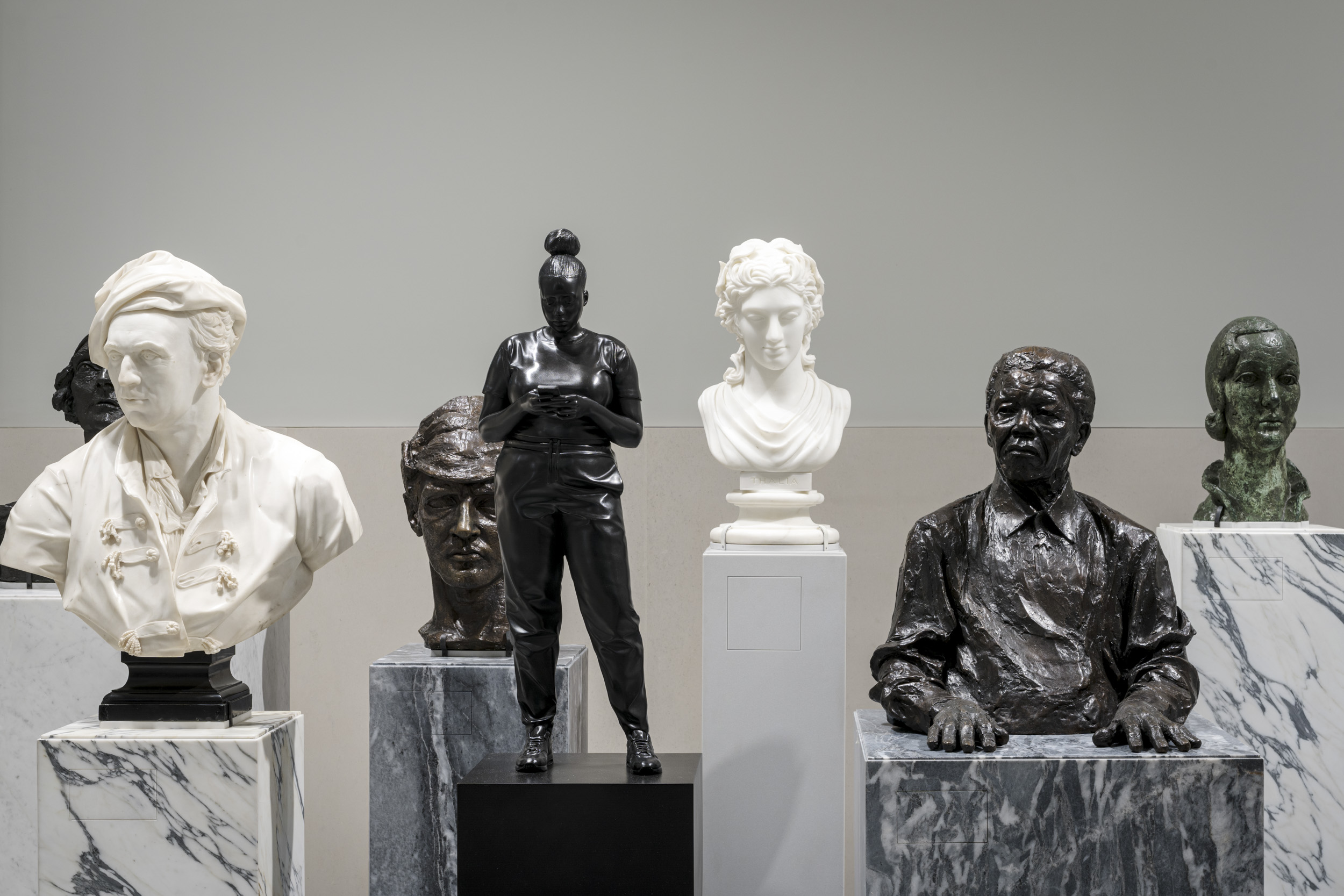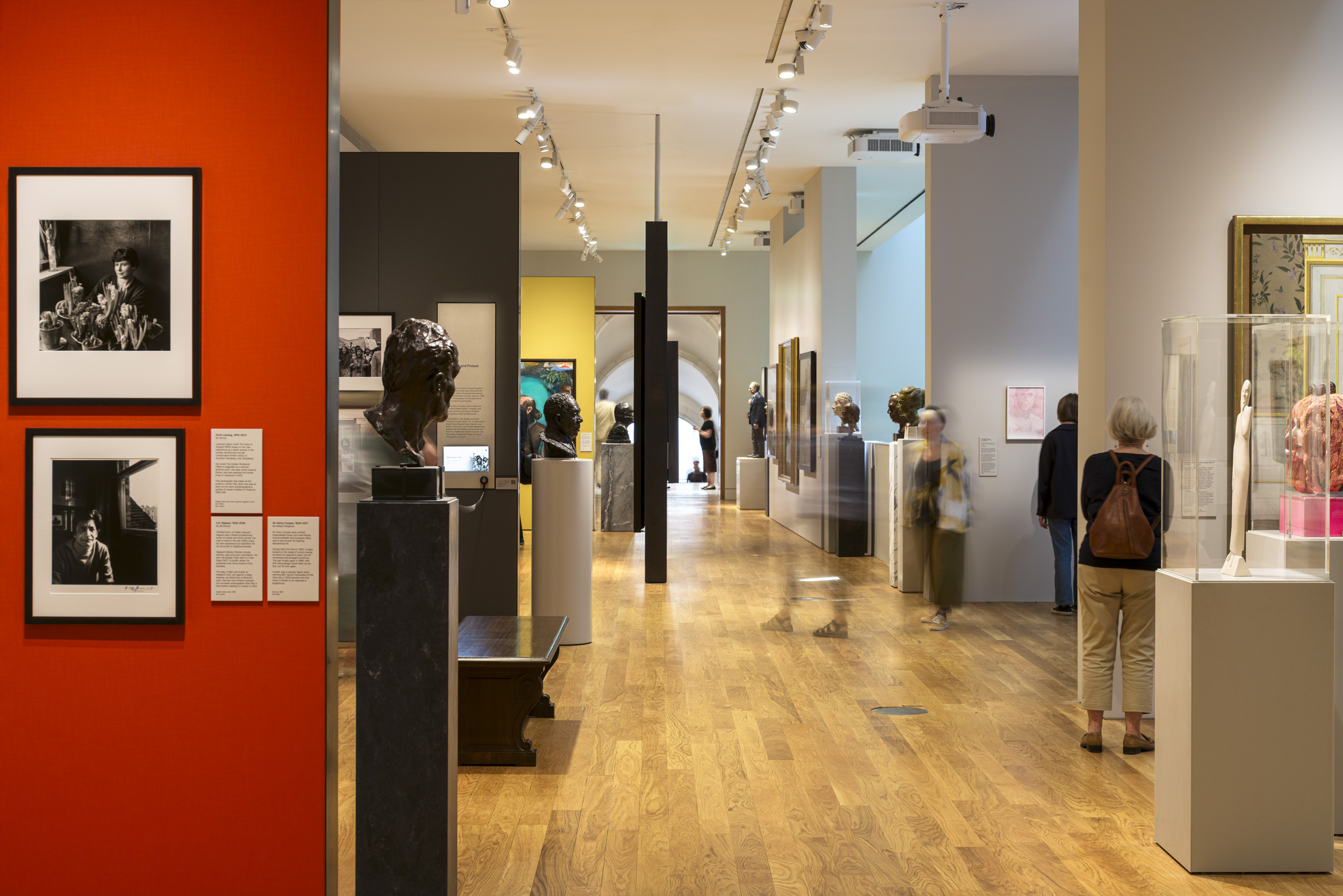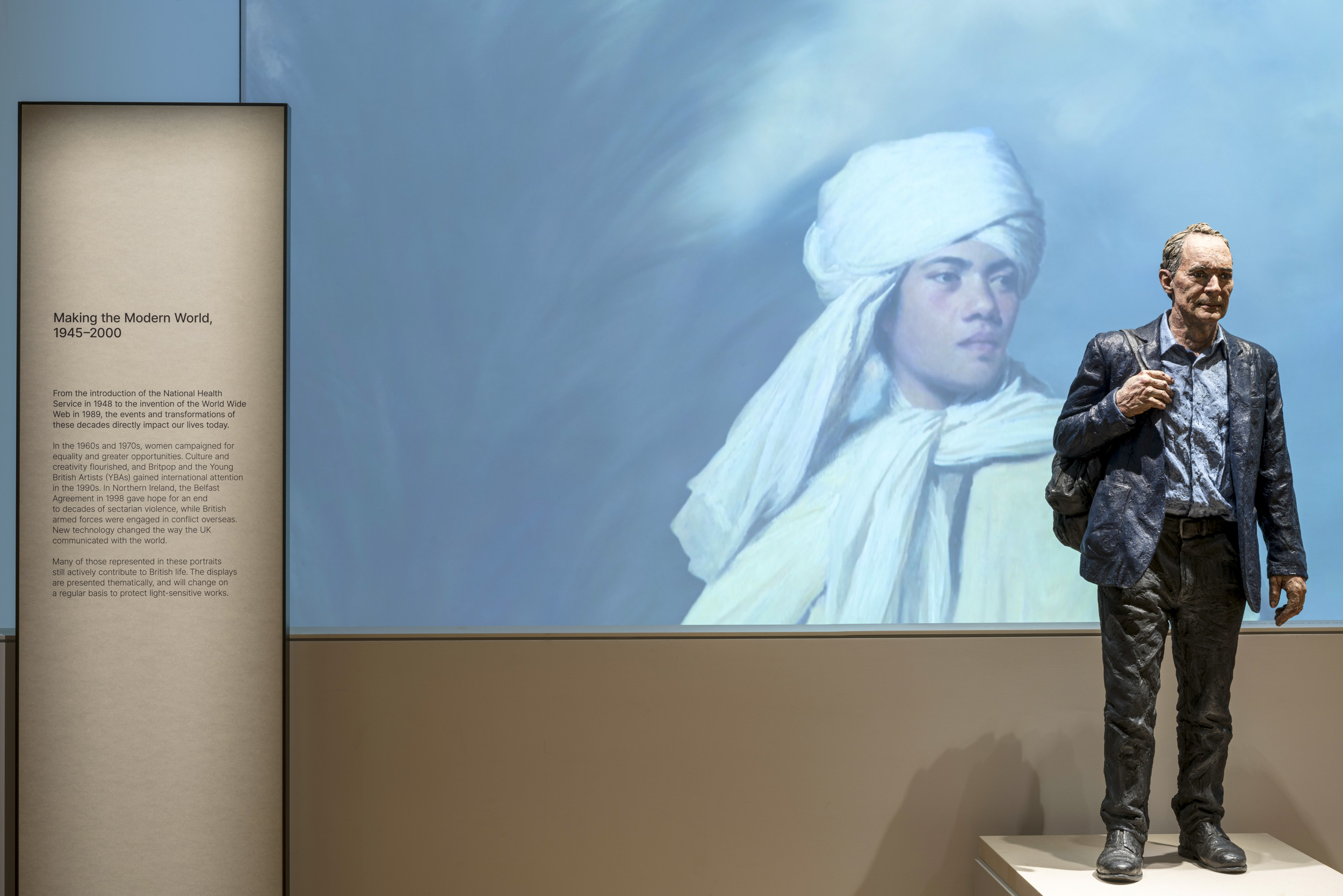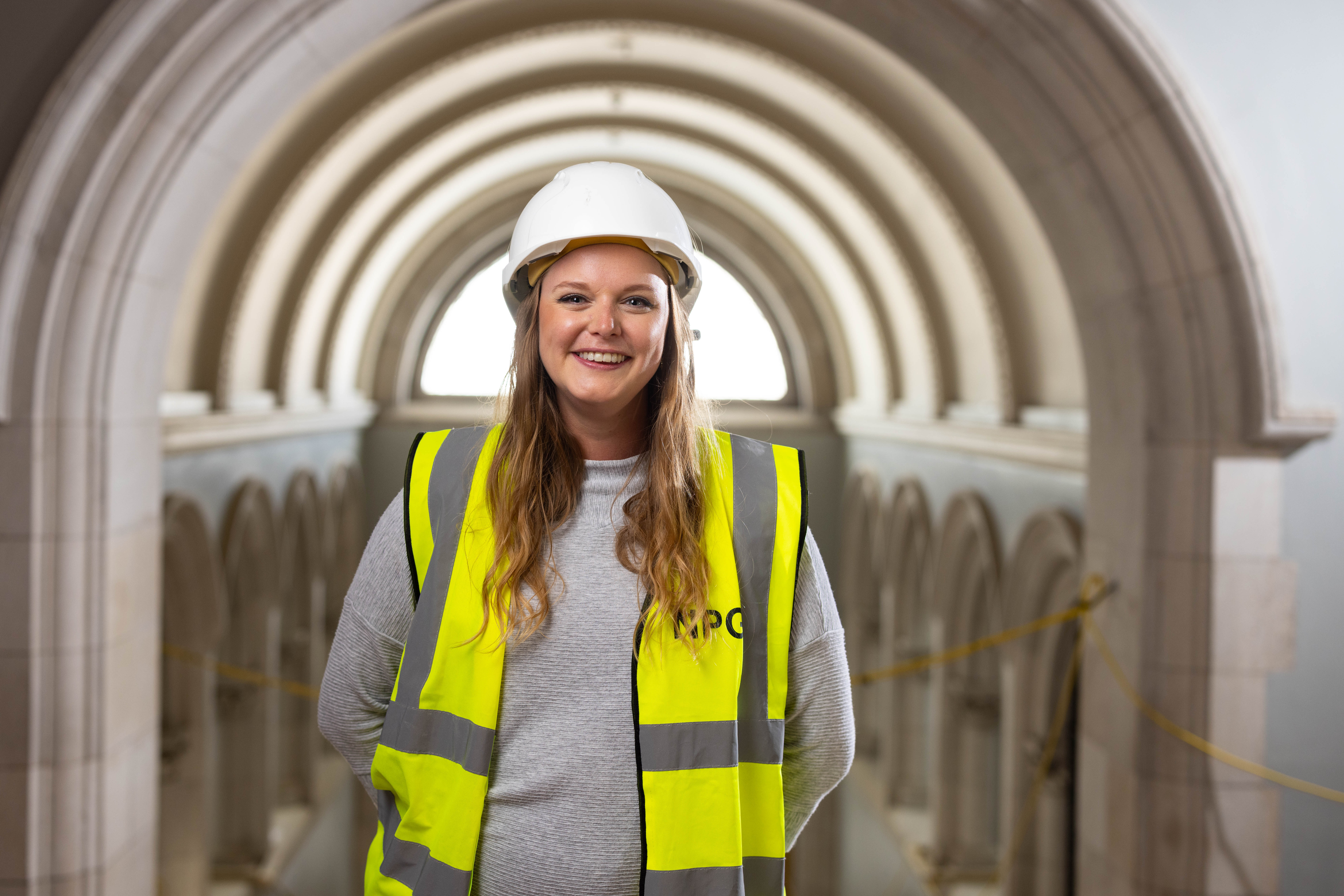Appealing to New Audiences

Poppy Andrews, Head of Communications at the National Portrait Gallery in London, gives an inclusivity masterclass in attracting new audiences
On 22 June 2023, the new National Portrait Gallery opened its doors following the most significant redevelopment in its history. Unveiling our redisplayed Collection and beautifully refurbished spaces was such a huge achievement, and I’m still in awe of what the team and our partners were able to deliver together. One year on from that moment, 2 million people have now visited the new NPG in-person, with over 5 million more experiencing what we have to offer online. It now feels like a fitting time to explore how we used the Gallery’s reopening as an opportunity to think more deeply about engaging these different audiences.

The aim of our communications campaign for the reopening was to catapult the NPG back to centre-stage after three years of closure, framing the Gallery’s reopening as the cultural event of the year through the delivery of a phased strategy. The plan focused on building anticipation, teasing content over a sustained six-month period, and creating a major national event that engaged both new and existing visitors through extensive press coverage, sector-leading digital activations and innovative marketing interventions. In the long term, the project focused on legacy, effecting change and ensuring the appeal of the NPG amongst many different audiences, ultimately attracting the broadest range of visitors – from firm fans to first timers.

Right at the start of our transformation process, we undertook extensive research, which shaped and informed our decision-making. Speaking to both existing and potential new audiences, we began to get a clearer picture of the type of organisation visitors needed us to be. While there was much positivity and warmth for the Gallery, it was clear we could be doing more to make ourselves more relevant and accessible to more people.
We started by launching our new brand in January 2023, six months out from reopening. This included a new vision, brand values and a fresh look, championing a monogram based on an original sketch made by the Gallery’s first director. In my view, this set out the intention of the new Gallery; rooted in our rich heritage, but with a renewed relevance for a 21st century audience. We took this ethos and applied it to every area of our building and Collection, from the new forecourt and The Doors (2023) created by Tracey Emin; to our accessible ticketing strategy, which resulted in more than 21,000 young people using our £5 ticket to visit our reopening exhibitions. Looking at the data, 63% of those visitors under the age of 24 had never been to the Gallery before.

In the lead up to reopening, we shared the news of major commissions, acquisitions and loans that showcased a vibrant portrait of Britain, past and present, which enabled the telling of many more inclusive and representative stories. 48% of portraits in post-1900 galleries now feature women (compared to 35% prior to reopening), 7% of portraits feature sitters from the LGBTQ+ community (compared to 4%), while 11% are from UK ethnic minorities (compared to 3%). These changes to our displays have really resonated with audiences, with 93% of surveyed visitors agreeing that the Gallery is ‘for everyone’ and 82% telling us that the portraits better reflected British society than previously. Architecture critic Oliver Wainwright wrote in The Guardian that while “on a recent visit, one wheelchair user asked where the ramp was – only to find they had already glided up it, unawares.” Aligning with this, we’ve welcomed 113,000 more visitors with a disability compared to pre-closure. During our exhibition The Time is Always Now: Artists Reframe the Black Figure, we also saw an increase in visitors from ethnic minority backgrounds, with 18% of exhibition visitors identifying as Black. We now programme sell-out Youth Lates, created by young people for young people; new family events, accounting for 44,000 more family visits compared to pre-closure; and a schools programme that’s seen 45,000 children and teachers visit the Gallery since reopening. 11,000 of these visited in last year’s summer term alone, representing a 200% increase in school visits.

The press coverage spoke for itself… The Telegraph’s chief art critic, Alastair Sooke, wrote that “anyone who remembers [the NPG] as a fusty repository of boring likenesses of bygone luminaries in ruffs and powdered wigs will be in for a shock… the increased visibility of female sitters is unmistakable”. Hettie Judah wrote in The Independent that “the NPG has made huge leaps in modernising its image, promoting itself as a showcase of a colourful, diverse, socially progressive modern Britain”. And as Katy Hessel wrote, “this museum [...] shows that every profession, every story, every background counts. It makes you feel part of something – of culture, history, literature, philosophy, art, music. So go see it. Go see yourself reflected in it, see the Britain we all live in, and the people we can aspire to be like. It’s all possible here.”

Just this month, we’ve unveiled a new painting of Peter Tatchell by Sarah Jane Moon – the first by the artist to enter our Collection; as well as a new photograph of Harry Styles by Tyler Mitchell and a portrait of Sam Smith by Pierre et Gilles, borrowed from the five-time Grammy Award winner’s own art collection. Our new displays continue to better reflect the diversity of the UK – the ethos and important emphasis set out during our transformation. As a space for everyone, the new NPG is a gallery of people, for people and is more alive, and lively, than ever before.


